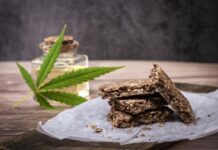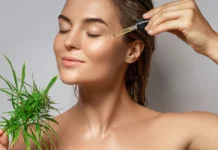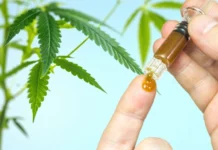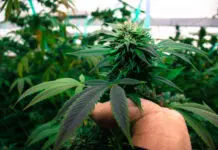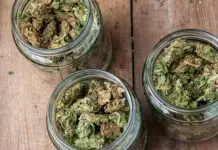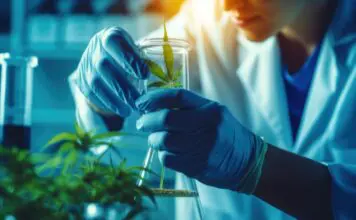While the battle to legalize both the medicinal and recreational use of cannabis rages on, the number of ways legal tokers can partake in their favorite Schedule 1 substance continues to grow.
Gone are the days where the only way to get your fix of THC was through a hastily-rolled joint or a sneaky bong hit. For those who live in Alaska, California, Colorado, Illinois, Maine, Massachusetts, Michigan, Nevada, Oregon, Vermont, or Washington, where recreational use of marijuana is legal, smoking is no longer the only way to consume cannabis.
The way cannabis is prepared and then consumed can have a broad range of effects on the ultimate experience of the consumer. In this article, we will explore some alternatives to smoking and how each method changes the effects of the various compounds found in the plant.
Edibles
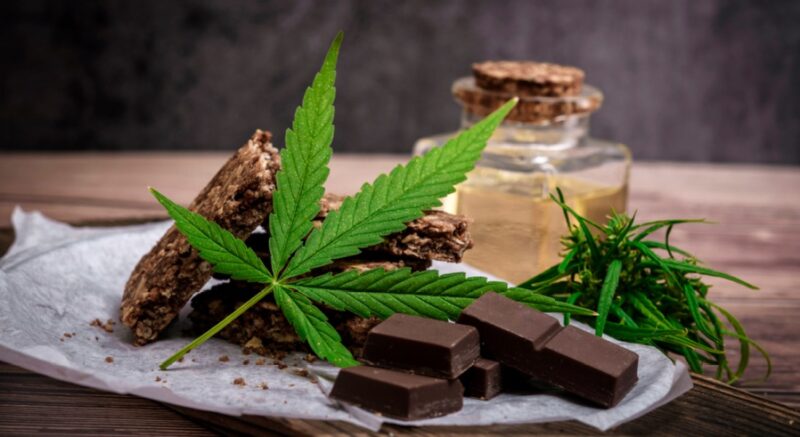
Aside from smoking, edibles are probably the most commonly known way to consume cannabis. Pot brownies are a classic example of an edible however there is a huge variety of edibles available on the market aside from this sugary-sweet chocolate offering. Visit miamirave.com for more information about it.
From rice-crispy treats to infused gummies, edibles can take the form of a variety of tasty pre-made treats but the compounds found in cannabis can also be incorporated into everyday cooking through infusion into various ingredients, such as butter or honey. In this way, any meal you make has the potential to be an “edible”.
So, why eat your cannabis over smoking it? Unlike in smoking, where the cannabis is absorbed through the lungs, the compounds found in edibles are broken down over a long period of time as the food makes its way through the human digestive tract. This results in a more sustained effect, which is ideal for those consumers who use their edibles for pain relief and management.
Another upside to edibles is that dosages are easier to manage and refine in this form so consumers can more easily find their ideal “minimum effective dose” and replicate it.
There are lots of edibles recipes online if you fancy experimenting in the kitchen. Why not have a go at making cannabutter, so you can incorporate it in other recipes? It’s super easy to make cannabutter in a crockpot – add the ingredients and leave it to do its thing.
Chocolate brownies are the best recipe for cannabis users who don’t smoke. All you need is chocolate, butter, eggs and flour. The important thing to remember is that you don’t need a lot of leaf – around half a gram of leaf for every 20 gram of chocolate brownie is enough. Also, when ingested, the cannabis takes longer to have an effect, so don’t try scoffing the entire batch of brownies because you think it’s not working.
Capsules or Pills
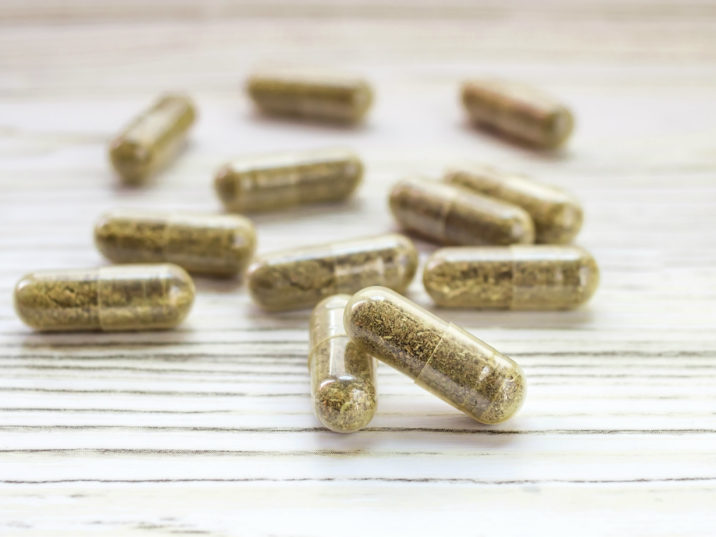
Thanks to the growing number of consumers who are using cannabis for medicinal purposes, taking cannabis in the form of a pill or capsule is growing in popularity. Aside from pills being easy to consume and incorporate into a person’s daily life, pills also have the added advantage of being measurable as they can deliver a steady and predictable dose of cannabis.
Cannabinoid pills or capsules are also very discreet, they don’t smell, and there is no smoke. This is handy if you need a hit to continue treating your aliments whilst at work or in public. It’s also useful if you already take prescription pills, as you can include your cannacaps in your existing medication regimen.
Many of the products marked as THC-free come in pill form although it has been shown that the healing and medicinal properties of CBD are enhanced when it is taken in combination with THC. For more information on the relationship between CBD and THC this article from BLNCD Naturals has lots of useful information about how CBD supports other cannabinoids, also known as “the CBD Entourage effect”.
Tinctures
For those consumers who may enjoy the high that smoking brings as well as the long duration of edibles, tinctures are a great solution. Cannabis tinctures use alcohol as a solvent. The correct dose is placed under the tongue – i.e. sublingually – where it dissolves. This neatly passes the digestive so the active compounds in the tincture can go straight into the bloodstream.
Tinctures are fast-acting, though not as quick as smoking, and they offer long-lasting effects, though not as long as edibles. Tinctures are useful for low dosers and non-smokers as doses are easy to measure and regulate.
Cannabis Oil
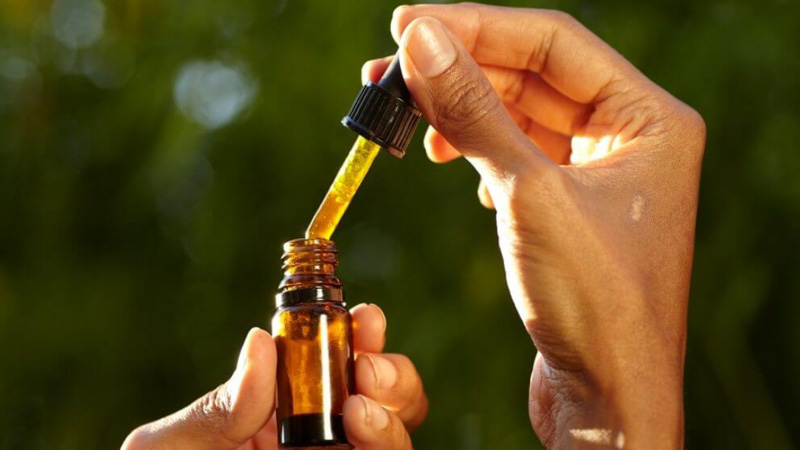
Cannabis oils dissolve the active compounds in oil. This is added to food and drink or placed in capsules. Cannabis oils are very potent and if you are inexperienced, it’s wise to be very careful when dosing with cannabis oil.
CBD oil is easy to get hold of, which is useful if you live in a state where marijuana usage is illegal.
Marijuana Patches
Smokers have nicotine patches and non-smoking marijuana users can buy marijuana patches. When you wear a marijuana patch, the active compounds are delivered straight into the bloodstream through the skin. It’s a very discreet way of enjoying a marijuana hit or the benefits of CBD. Nobody will know you are wearing a marijuana or CBD patch under your clothes.
Patches are a relatively new product, so they are not yet widely available. However, as their popularity increases, it’s likely more sellers will begin to offer them as part of their product range.
Cannabis Creams
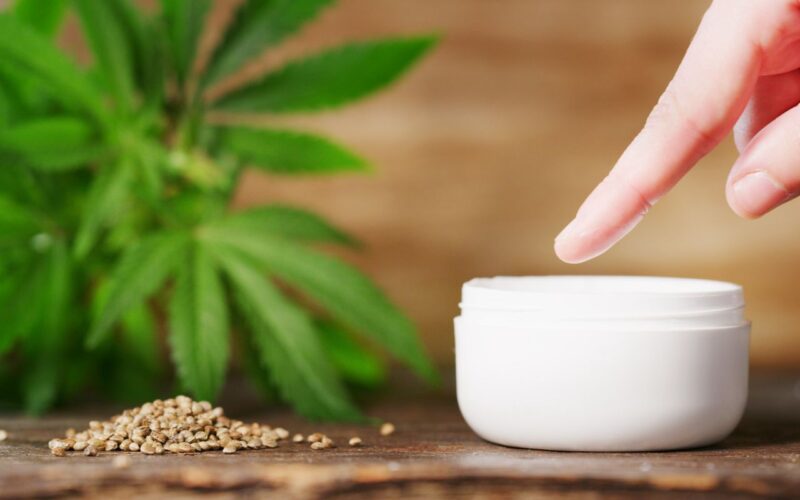
You won’t get much of a buzz from cannabis creams, but if you need CBD to help with a skin problem or to manage pain, topical CBD creams provide respite. Simply apply the cannabis cream to the affected area for a soothing, healing effect.
There are many forms of cannabis available today with the market expected to grow as more states legalize the substance for both medicinal and recreational use. While there is no way to know which methods will be the most popular, what is certain is that there will always be smoke-free ways for consumers to imbibe cannabis.



